By JB Holston
Dean, Ritchie School of Engineering and Computer Science, University of Denver
In early June, we launched the three-month experiment called the Colorado Media Project out of concern that the drastic reduction in newsgathering capacity at The Denver Post is putting the role of the Fourth Estate as we know it in great peril.
In fact, Colorado’s media landscape has been changing for years, as newspapers across Colorado have declined. To fill the gap, digital-first sources have emerged and public media has increased its role and footprint. But nothing yet has achieved the broad reach and significance of what’s been lost.
So we – a loose group of concerned citizens, academics, philanthropists, tech-types, students and others – are coming together in a shared desire to see what we can do to support independent media that plays a critical role in the thriving, complex place that is Colorado.
We wondered: What will the future of local news look like, and what can we do to help ensure that more Coloradans have access to the information we need to participate in civil society?
I’m a different sort of Dean: a serial entrepreneur with an extensive background at the intersection of media, technology, and scaling to success. So we collectively decided to run the summer project through Project X-ITE, the University of Denver’s cross-discipline initiative on innovation, technology and entrepreneurship.
We’re using market research, design thinking and a modern software development approach – rapid prototyping and agile iteration – to address two specific questions:
- What can be done to quickly scale modern digital media for a Colorado audience?
- What models will work to achieve a sustainable path in terms of audience and finances?
The Gates Family Foundation has provided initial funding for the project, and has written about the project here. The Boston Consulting Group is providing pro-bono strategy and business planning research and assistance, helping us to define the size of audience and revenue opportunities.
A student start-up company from DU, Cultivo Media, is overseeing the rapid prototyping design and development process with assistance from experts at Stanford University.
Roxane White, formerly Governor Hickenlooper’s Chief of Staff, is the project manager.
DU has a long history in media in Colorado, including operating KCFR starting in 1970, which then become CPR. Additionally, DU’s Media, Journalism and Film faculty and students are directly involved in the project, including the Department’s Chair, renowned researcher Lynn Schofield-Clark, who has written about the project here.
The project starts from a place of strength, as the breadth and depth of media innovation in Colorado is truly impressive. New entrants like the Colorado Sun have dawned; CPR has new leadership; Rocky Mountain PBS is building its capacity as a news hub in Denver and statewide; and outlets like the Colorado Independent, Denverite, Chalkbeat and many others have substantially increased their impact. All of these outlets are involved directly with the Project.
In true Colorado form, we’re all committed to work together as a community to move forward, faster. We’re mutually committed to ensure that Colorado has the media that it deserves.
We hope that you will join us. On July 21, the Project will sponsor an Ideation Workshop from 9 a.m. to 3 p.m. – where we’ll unpack Colorado media gaps and opportunities using a design thinking protocol. That same day, we’ll host a Community Forum from 3 to 4:30 p.m. for those who are short on time but want to hear what we’re up to and provide feedback and ideas.
We’re also studying other experiments closely. In August, we’ll host public conversations with national digital media experts – save the date for August 22, and look out for event registration soon. By September, we’ll share our findings with the public – low-resolution prototypes and corresponding business plans for new concepts designed to enhance Colorado’s media ecosystem.
What will we discover during the Project? We don’t know yet, and a hallmark of the design thinking approach is that the process itself will generate the hypotheses to rapidly test. But we’re already seeing a number of great new ideas develop that may fill gaps in the market, and interesting theories about how to scale quickly for impact that are worthy of testing. And it’s possible that this phase will just be the start – perhaps Colorado can have a more permanent innovation lab for media.
How can you help? First, let us know you’re interested by sending a note. Follow the project on Twitter and Facebook -- where we'll be posting news, research, and ideas about the future of media. Share your best ideas about what innovations you’d like to see, and what you think we can do collectively to ensure that media innovation thrives in Colorado.

